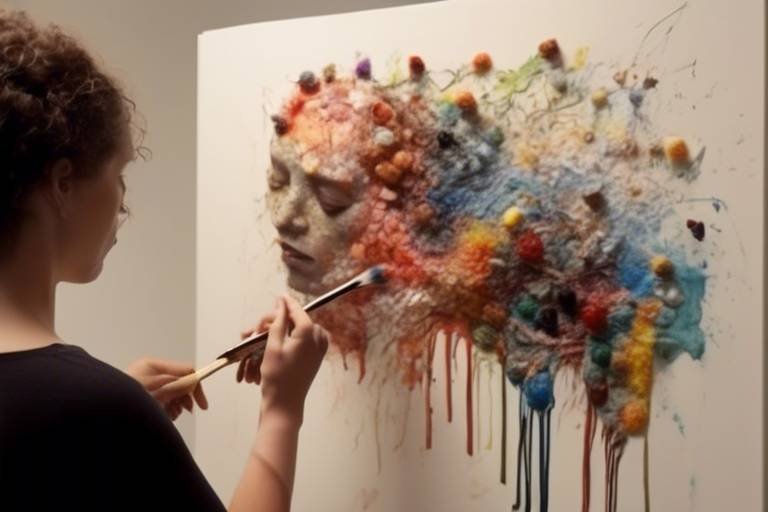Understanding the Role of Art in Hindu Temples
Art in Hindu temples plays a multifaceted role that goes beyond mere decoration. It serves as a powerful medium for conveying spiritual teachings, preserving cultural heritage, and narrating mythological stories. The intricate sculptures, paintings, and carvings found in these temples are not just artistic expressions but profound symbols laden with deep meanings.
Symbolism lies at the heart of temple art, with each element carrying layers of significance. From the posture of deities to the motifs adorning the walls, every detail is infused with spiritual connotations. These artistic representations act as visual metaphors, guiding devotees on their spiritual journey and connecting them with the divine.
Furthermore, the architectural marvels of Hindu temples are a testament to the ingenuity and devotion of ancient craftsmen. The sacred geometry, structural features, and intricate designs are not merely aesthetic but embody cosmic principles, creating a sacred space that transcends the physical realm and facilitates a deeper connection with the divine.
Through the depiction of various deities in art, Hindu temples evoke a sense of reverence and devotion among worshippers. The divine attributes, gestures, and expressions of gods and goddesses are artistically portrayed to invoke a profound sense of presence and inspire spiritual contemplation.
Ritualistic art practices within temples blend artistic expressions with sacred ceremonies, offerings, and performances, creating a multisensory experience for devotees. The visual and auditory elements intertwine to immerse worshippers in a spiritual ambiance that transcends the mundane and elevates the soul.
As temple art has evolved over time, it has absorbed diverse influences and undergone innovative transformations while staying true to its sacred roots. The rich tapestry of artistic styles and techniques reflects the cultural exchanges and historical developments that have shaped this sacred tradition into what it is today.
Divine stories and epic narratives depicted through art serve as a visual medium for transmitting ancient wisdom and moral values to the devotees. These visual narratives not only entertain but also educate, instilling a sense of cultural pride and spiritual connection among the worshippers.
While the conservation and restoration of temple art present significant challenges, efforts are being made to preserve these priceless artworks for future generations. The importance of maintaining this cultural legacy cannot be overstated, as it not only honors the past but also enriches the present and future with its timeless beauty and spiritual significance.
Contemporary artistic expressions in Hindu temple art blend traditional techniques with modern themes, creating innovative artworks that resonate with a diverse audience. Artists today continue to push boundaries and explore new horizons while staying rooted in the rich artistic heritage of Hindu temples.
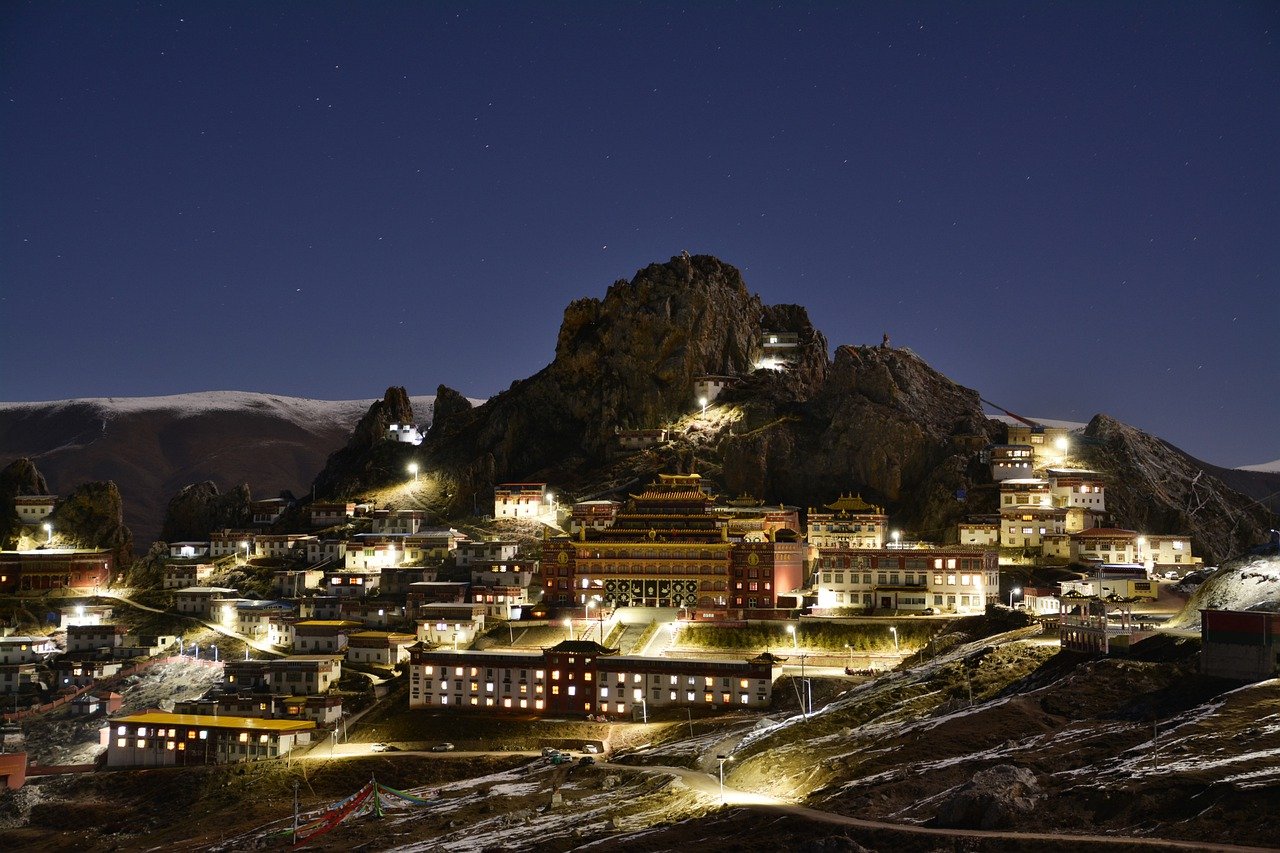
Symbolism in Temple Art
Exploring the significance of artistic elements within Hindu temples, showcasing how art serves as a medium for spiritual expression, cultural preservation, and storytelling, enhancing the overall religious experience for devotees and visitors alike.
Delving into the symbolic meanings behind the intricate sculptures, paintings, and carvings found in Hindu temples, illustrating how each artistic element conveys profound spiritual teachings and mythological narratives. The art in Hindu temples is not merely decorative but laden with symbolism that transcends the physical realm, inviting devotees to delve into deeper spiritual contemplation. Each sculpture, each painting, and each carving holds a story, a message, a lesson waiting to be deciphered by those who seek spiritual enlightenment.
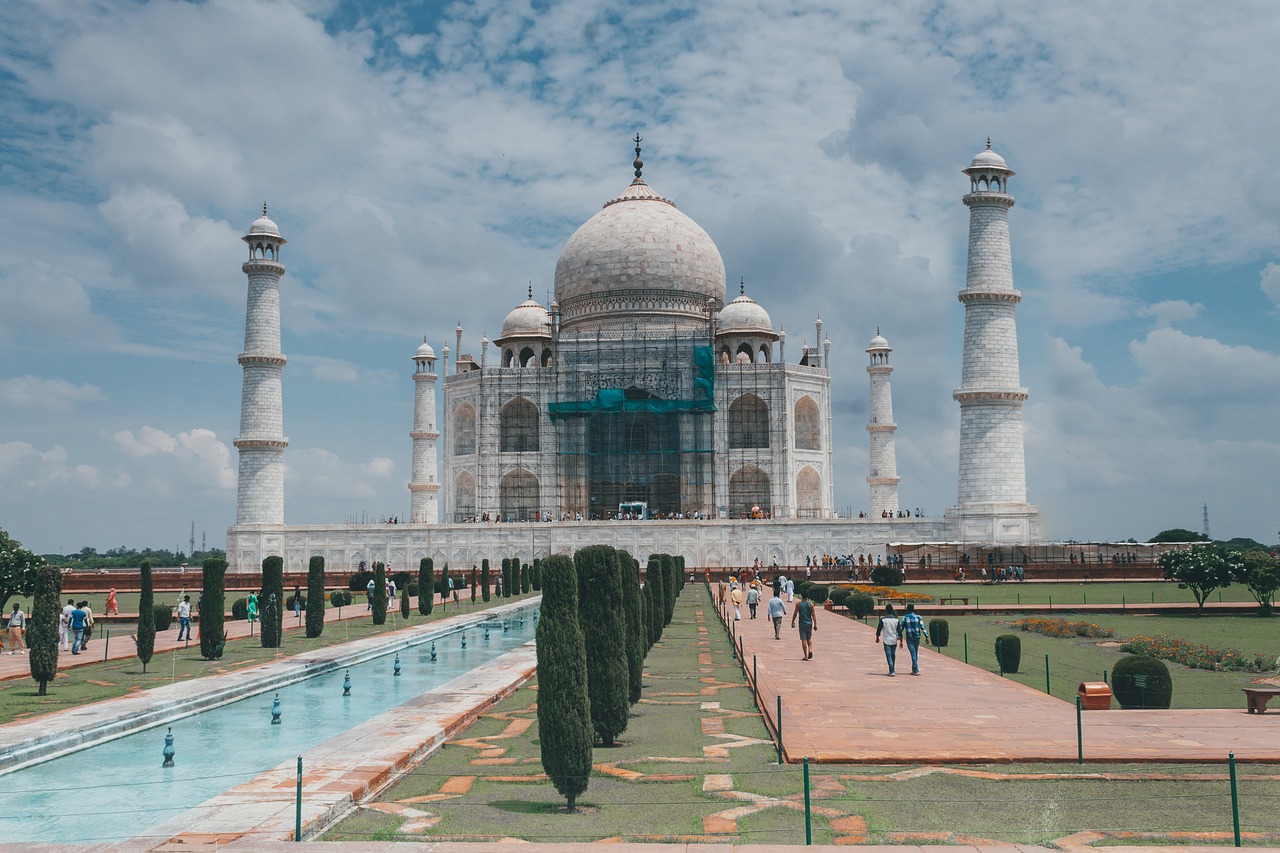
Architectural Marvels
When it comes to Hindu temples, one cannot overlook the architectural marvels that stand as testaments to ancient craftsmanship and spiritual symbolism. These temples are not just buildings; they are sacred spaces designed to transport visitors into a realm where the divine meets the earthly. The intricate designs, sacred geometry, and structural features of Hindu temples are not merely aesthetic; they are laden with symbolic significance that goes beyond mere aesthetics.
Imagine walking through a temple where every pillar, every carving, and every corner tells a story of cosmic principles and spiritual truths. The architecture of Hindu temples is not just about physical structures; it is a language that speaks to the soul, inviting worshippers to transcend the material world and connect with the divine. The symmetry and precision in the layout of temples are not accidental but deliberate choices that reflect the order and harmony of the universe.
Each architectural element in a Hindu temple serves a purpose beyond its physical form. From the towering gopurams that welcome visitors to the sanctum sanctorum where the main deity resides, every part of the temple is designed to create a sacred space for worship and meditation. The layout of the temple, with its various chambers and corridors, is a metaphor for the spiritual journey that devotees undertake as they move closer to the divine presence.
Moreover, the architectural features of Hindu temples are not static; they evolve over time, reflecting changing artistic styles, regional influences, and cultural shifts. The diversity in temple architecture across different regions of India is a testament to the rich tapestry of artistic expressions that have shaped this sacred tradition. From the intricately carved temples of Khajuraho to the majestic Dravidian temples of the South, each architectural style tells a unique story of devotion and creativity.
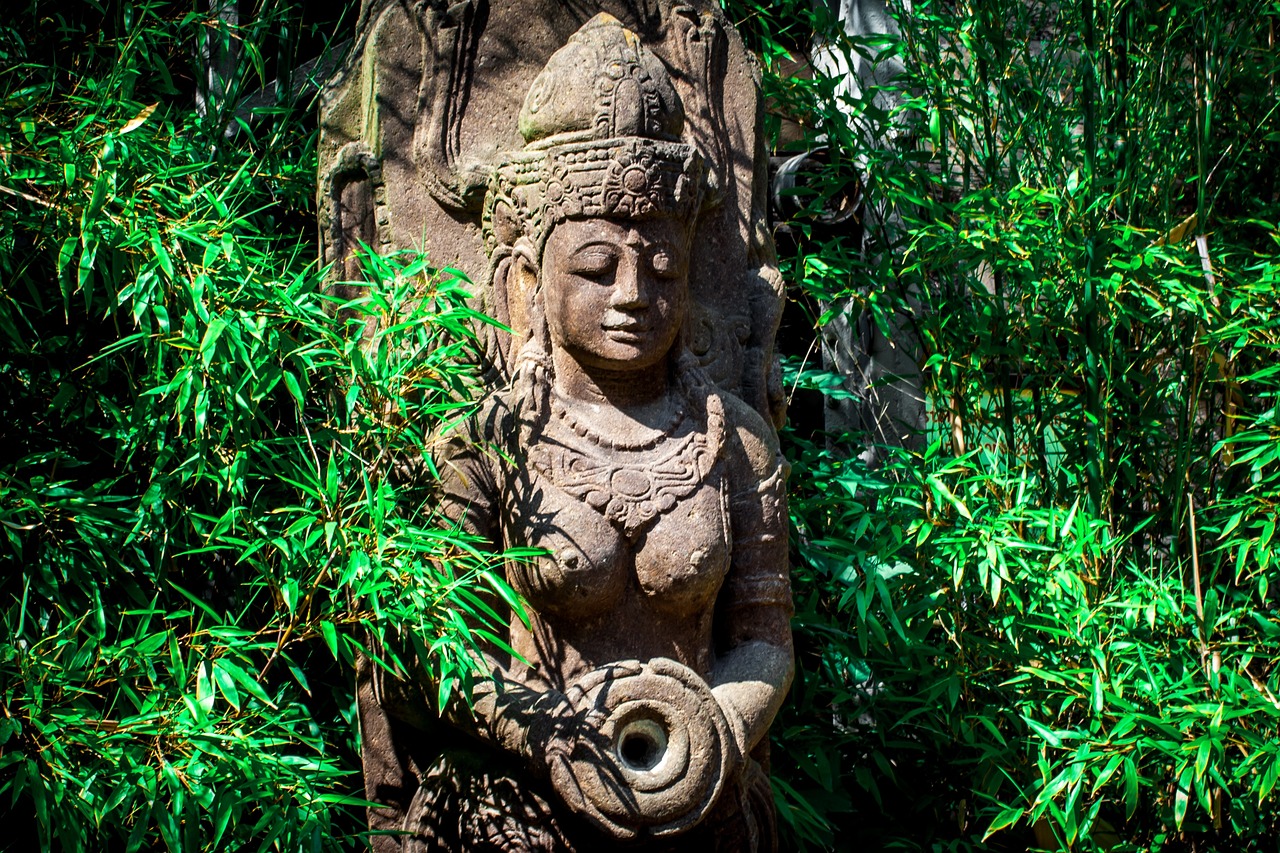
Deities Depicted in Art
When it comes to Hindu temple art, the depiction of deities plays a central role in conveying the divine presence and significance within these sacred spaces. Each deity is artistically represented with meticulous detail and symbolism to evoke devotion, reverence, and spiritual connection among the devotees.
Through the skillful hands of artists, gods and goddesses are brought to life in various forms, each carrying unique attributes and characteristics that define their identity and role in Hindu mythology. The artistic portrayal of deities goes beyond mere aesthetics; it serves as a visual medium through which devotees can engage with the divine and deepen their understanding of the spiritual realm.
One of the most common deities depicted in Hindu temple art is Lord Shiva, the destroyer and transformer within the Hindu trinity. Shiva is often depicted in various forms such as Nataraja, the cosmic dancer, symbolizing the eternal cycle of creation and destruction. His serene yet powerful presence in temple art conveys a sense of transcendence and cosmic balance.
Goddesses like Devi, the divine mother, are also prominently featured in temple art, embodying aspects of femininity, strength, and nurturing care. The artistic representation of Devi often showcases her multiple arms holding symbolic objects that represent her diverse powers and roles as a protector and nurturer of the universe.
Other popular deities depicted in Hindu temple art include Lord Vishnu, the preserver, and his avatars such as Lord Rama and Lord Krishna. Each depiction carries symbolic significance and narrative depth, reflecting the rich tapestry of Hindu mythology and the interconnectedness of the divine beings.
Artists imbue these depictions with intricate details, vibrant colors, and symbolic gestures to evoke a sense of awe and reverence in the minds of devotees. The artistic portrayal of deities in Hindu temple art serves not only as a visual feast for the eyes but also as a spiritual gateway to connect with the divine presence that transcends the physical realm.
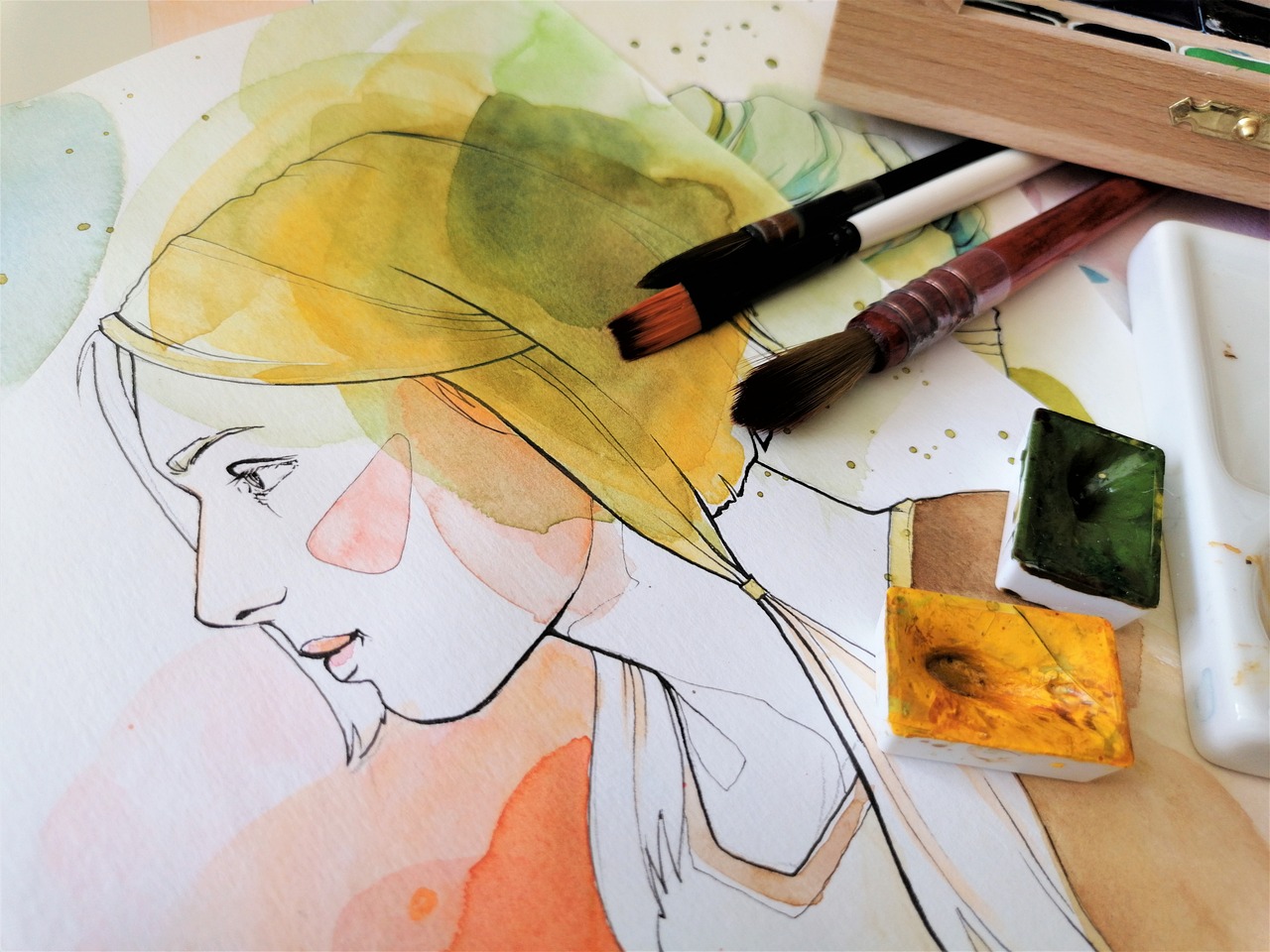
Ritualistic Art Practices
Within Hindu temples, play a vital role in creating a deeply immersive spiritual experience for devotees. These practices often involve a harmonious blend of artistic expressions, sacred ceremonies, and symbolic offerings, all aimed at invoking a sense of divine presence and fostering a connection with the spiritual realm. The intricate kolams (rangoli patterns) adorning the temple entrances, the vibrant alankaram (decorations) of deities during festivals, and the melodious bhajans (devotional songs) sung during rituals are all examples of how art intertwines with religious practices to create a multisensory experience that engages the devotees on a profound level.
One of the most fascinating aspects of ritualistic art practices in Hindu temples is the use of mandalas and yanta symbols in sacred rituals. These geometric patterns not only serve as visual representations of cosmic principles but also act as powerful tools for meditation and spiritual alignment. The intricate kolams drawn by devotees at the temple entrance are believed to ward off evil spirits and invite positive energy into the sacred space, creating a harmonious environment for worship and reflection.
Moreover, the performance of puja (worship) rituals, which often involve elaborate ceremonies and offerings to the deities, is accompanied by artistic expressions such as arati (light offerings), abhishekam (ritual bathing of idols), and nritya seva (dance offerings). These artistic rituals not only enhance the aesthetic appeal of the worship but also serve as a form of devotion and reverence towards the divine beings depicted in the temple art.
Through the integration of art into ritualistic practices, Hindu temples create a sacred space where devotees can not only witness the divine presence but also actively participate in the spiritual journey through artistic expressions. The intricate details, symbolic meanings, and immersive experiences offered by ritualistic art practices contribute to the overall ambiance of the temple, making it a place where the boundaries between the material world and the spiritual realm blur, allowing devotees to transcend into a higher state of consciousness.
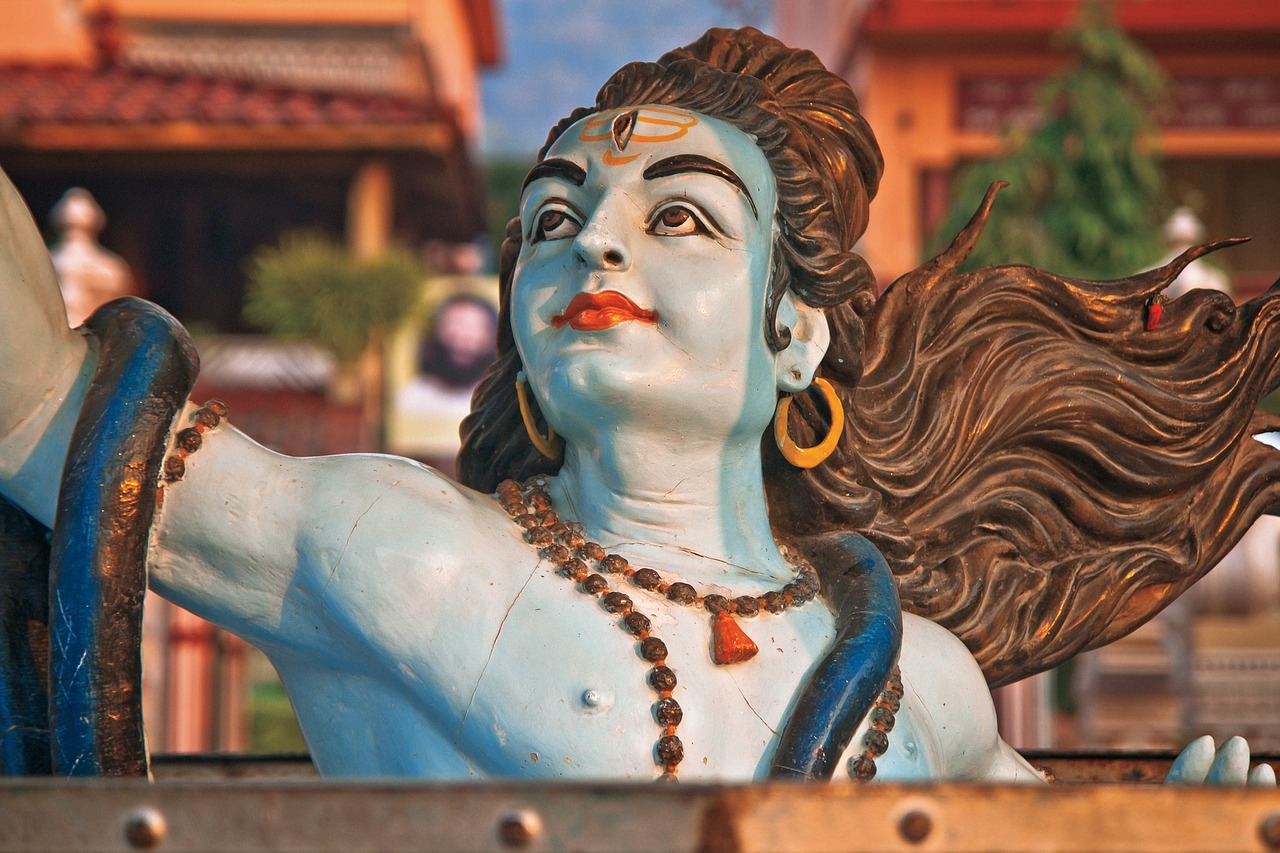
Evolution of Temple Art
The evolution of temple art in Hindu culture is a fascinating journey through time, reflecting the changing artistic styles and influences that have shaped this sacred tradition. From the ancient temples of the Indus Valley civilization to the magnificent architectural wonders of the Chola dynasty, each period has left its unique imprint on temple art.
One of the key aspects of the evolution of temple art is the fusion of diverse artistic techniques and regional aesthetics. Over the centuries, Hindu temple art has absorbed influences from various cultures, such as Dravidian, Nagara, and Vesara styles, resulting in a rich tapestry of artistic expression.
Furthermore, the evolution of temple art is closely intertwined with the spiritual and philosophical developments within Hinduism. As new philosophical ideas emerged, artists adapted their styles to reflect these concepts, creating visual representations of complex metaphysical concepts and divine narratives.
Another significant aspect of the evolution of temple art is the technological advancements that have revolutionized artistic techniques. From the intricate stone carvings of ancient temples to the vibrant frescoes of medieval times, artists have continuously pushed the boundaries of creativity and craftsmanship.
Moreover, the evolution of temple art is not just a chronological progression but also a reflection of societal changes and cultural exchanges. As trade routes opened up and empires rose and fell, artistic styles and motifs traveled across borders, leading to a cross-pollination of ideas and artistic innovations.
In conclusion, the evolution of temple art in Hindu culture is a testament to the enduring legacy of artistic expression and spiritual devotion. By tracing the artistic journey of Hindu temples, we gain a deeper appreciation for the intricate beauty, symbolic richness, and cultural significance of these sacred spaces.
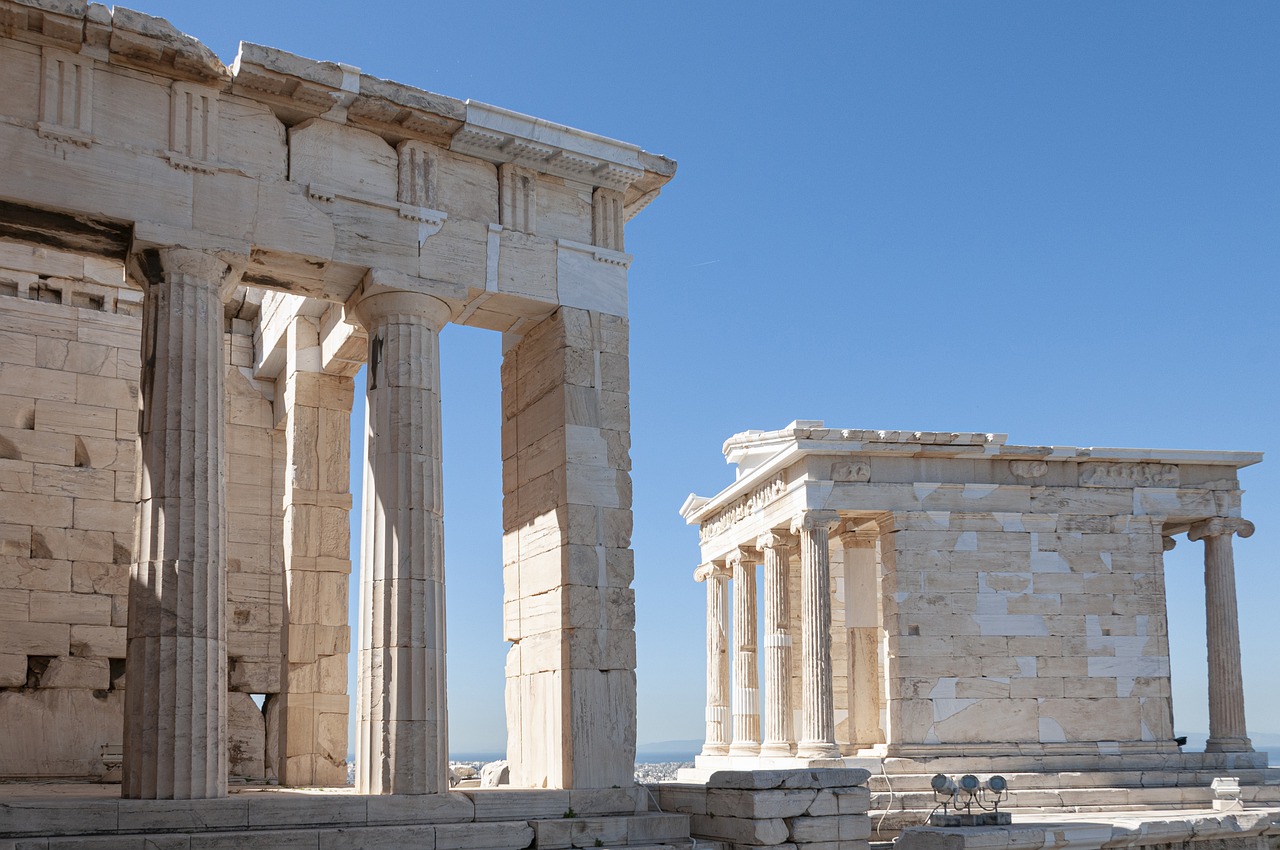
Divine Stories Through Art
When stepping into a Hindu temple, one is immediately enveloped in a world where divine stories come to life through art. The walls adorned with intricate paintings and sculptures tell tales of gods, goddesses, and epic narratives that have been passed down through generations. Each artistic depiction serves as a visual narrative, a storytelling medium that transcends language barriers and communicates profound spiritual teachings.
Through the art found in Hindu temples, devotees are not only visually stimulated but also emotionally and spiritually engaged. The vibrant colors, detailed craftsmanship, and symbolic imagery all work together to create a multisensory experience that immerses individuals in the divine stories being portrayed. It's as if the walls themselves whisper tales of creation, destruction, and the eternal cycle of life.
One can witness the valor of Lord Rama, the wisdom of Goddess Saraswati, or the compassion of Lord Krishna depicted in various art forms within the temple premises. Each deity is artistically portrayed with meticulous attention to detail, from their attire and accessories to their expressions and postures. These artistic representations are not mere decorations but powerful conduits that evoke devotion, reverence, and a sense of divine presence among the worshippers.
Moreover, the art in Hindu temples serves as a repository of ancient wisdom and moral values. The stories depicted through art carry profound messages about righteousness, duty, and the eternal struggle between good and evil. As devotees gaze upon these visual narratives, they are not just admiring the artistic skill but also imbibing the spiritual teachings embedded within each masterpiece.
Just as a skilled storyteller weaves tales to captivate an audience, the art in Hindu temples captivates the hearts and minds of those who seek solace, guidance, and inspiration. It is a living testament to the enduring power of art to transcend time and space, carrying the essence of divine stories through generations.
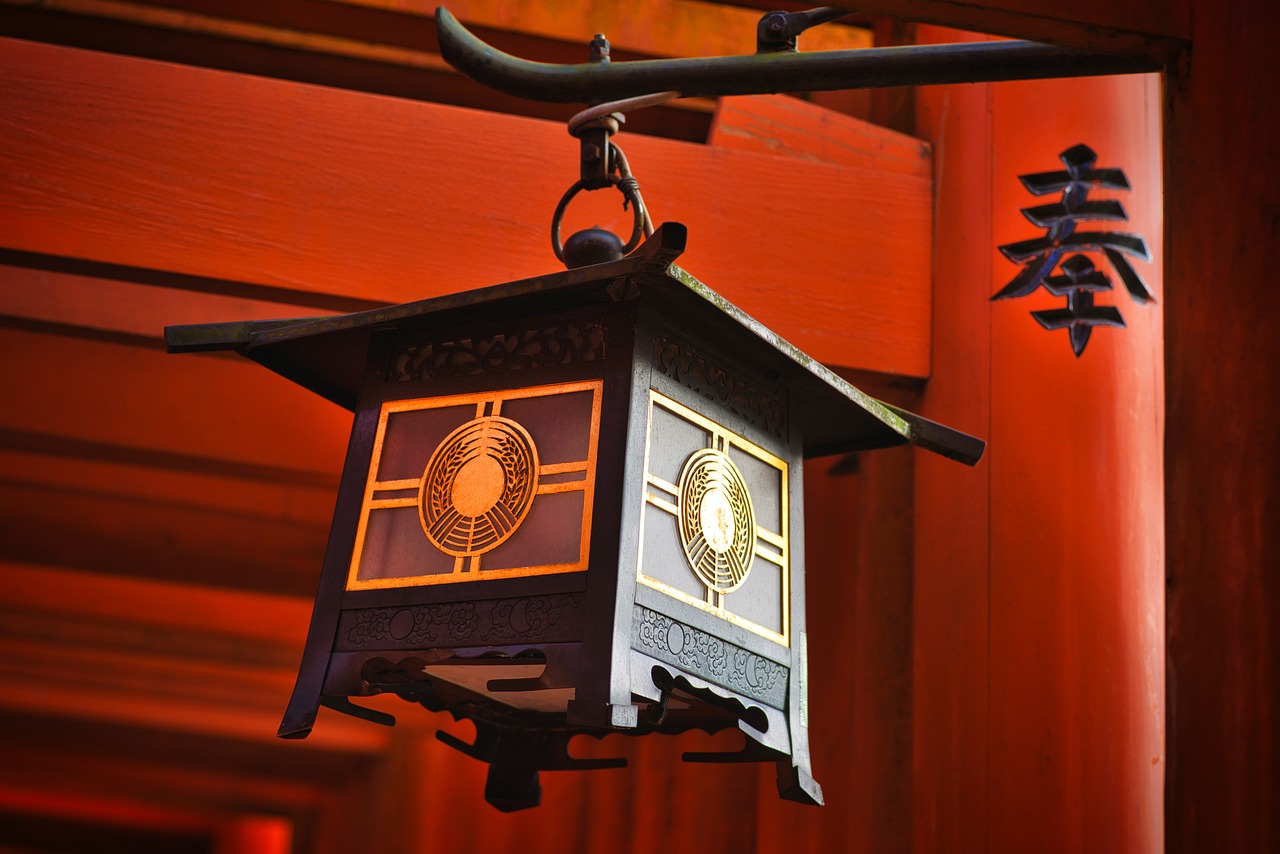
Art Conservation and Restoration
Art conservation and restoration play a crucial role in preserving the rich artistic heritage of Hindu temples. Over the centuries, these sacred sites have been adorned with intricate sculptures, vibrant paintings, and detailed carvings that not only showcase artistic excellence but also hold immense cultural and spiritual significance. The passage of time, environmental factors, and human activities can pose threats to these priceless artworks, making conservation efforts essential to ensure their longevity and integrity.
Conserving temple art involves a delicate balance between maintaining the original aesthetic appeal of the artworks and preventing further deterioration. Skilled conservators employ a range of techniques, such as cleaning, stabilizing structural elements, and repairing damages, to safeguard the artistic treasures housed within these sacred spaces. Additionally, advanced scientific methods, including imaging technologies and chemical analysis, are utilized to assess the condition of the artworks and inform conservation decisions.
Restoration efforts aim to revitalize damaged or faded artworks, bringing them back to their former glory while respecting their historical and cultural context. Restorers work meticulously to repair cracks, fill in missing parts, and recreate original colors and textures, ensuring that the restored artworks seamlessly blend with the surrounding artistic ensemble. By breathing new life into ancient masterpieces, restoration not only enhances the visual appeal of temple art but also ensures that future generations can appreciate and connect with these cultural treasures.
Challenges in art conservation and restoration often arise from the complex nature of temple artworks, which may feature intricate details, delicate materials, and layers of historical significance. Balancing the need for preservation with the demands of ongoing worship and visitor engagement requires careful planning, collaboration with experts, and adherence to ethical standards in the conservation field. Furthermore, sustainable practices, adequate funding, and community involvement are essential components of successful conservation initiatives aimed at safeguarding the artistic legacy of Hindu temples for posterity.

Contemporary Artistic Expressions
Contemporary Artistic Expressions in Hindu temple art are a fascinating blend of tradition and innovation. Artists today are exploring new ways to interpret ancient themes and stories, infusing them with modern sensibilities. By incorporating contemporary techniques and materials, they are creating artworks that resonate with a diverse audience, bridging the gap between the past and the present.
One notable aspect of contemporary Hindu temple art is the use of digital technology to create immersive installations that engage the senses and evoke a spiritual experience. These interactive artworks invite viewers to participate in the storytelling process, blurring the lines between observer and participant.
Furthermore, artists are experimenting with unconventional mediums and unconventional forms, pushing the boundaries of traditional artistic practices. From street art murals inspired by Hindu mythology to avant-garde sculptures that challenge conventional notions of beauty, contemporary artists are redefining the boundaries of temple art.
Collaborations between artists from different cultural backgrounds are also shaping the contemporary landscape of Hindu temple art. By incorporating diverse perspectives and artistic influences, these collaborations result in dynamic and thought-provoking artworks that celebrate the universality of spiritual themes.
In conclusion, contemporary artistic expressions in Hindu temple art are a testament to the enduring relevance and adaptability of this ancient tradition. By embracing innovation and creativity, artists are ensuring that the rich heritage of temple art continues to evolve and inspire future generations.
Frequently Asked Questions
- What is the significance of art in Hindu temples?
Art in Hindu temples plays a crucial role in conveying spiritual teachings, preserving cultural heritage, and enhancing the religious experience for devotees and visitors. It serves as a medium for storytelling, invoking divine presence, and creating a sacred atmosphere for worship.
- How does symbolism manifest in temple art?
Symbolism in temple art is evident through intricate sculptures, paintings, and carvings that convey profound spiritual meanings and mythological narratives. Each artistic element symbolizes cosmic principles, divine attributes, and moral values, enriching the visual and spiritual experience within the temple.
- What role do deities play in temple art?
Deities depicted in temple art are artistically represented to invoke devotion, reverence, and a sense of divine presence among worshippers. Their gestures, expressions, and attributes are intricately portrayed to convey their significance and inspire spiritual connection with the divine.
- How has temple art evolved over time?
The evolution of temple art reflects diverse influences, innovations, and cultural exchanges across different time periods and regions. Artists have adapted traditional techniques to modern interpretations, blending contemporary themes with ancient narratives to create innovative artworks that resonate with a diverse audience.



